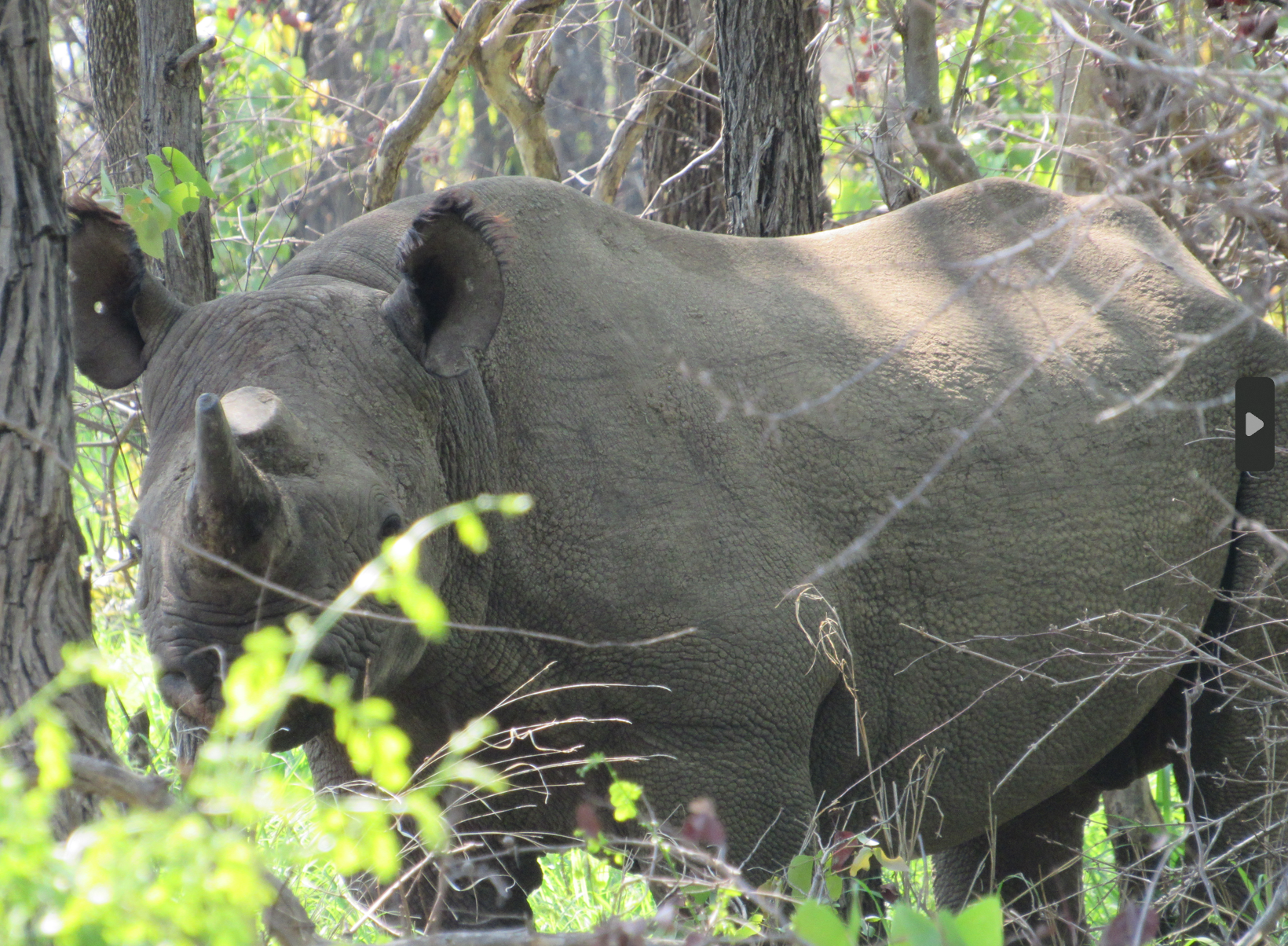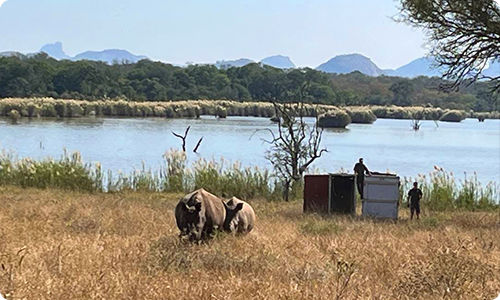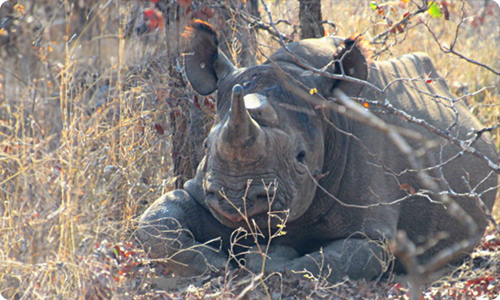From the Field: News from the Latest Rhino Management Operation


The Lowveld Rhino Trust (LRT), our on-the-ground partners in Zimbabwe, manage the rhino monitoring program in Bubye Valley Conservancy, a private conservancy located in the southeast Lowveld region. Their day-to-day routine includes checking up on the rhinos within the conservancy to ensure healthy population dynamics and to keep an eye out for new births, deaths or any injuries sustained that may require veterinary attention. Twice each year, LRT head out on rhino management operations. During these operations the LRT team conducts management activities such as ear-notching, which ensures proper rhino identification and accurate population monitoring. Health assessments of the rhinos are made during these operations as well. This last month the team is also transporting and releasing two rescued rhinos who were being cared for at Bubye Valley Conservancy’s hand-raising facility.
Why are rhino management operations important?
Regular rhino management operations are critical to conduct necessary management actions, which include ear notching, dehorning and transmitter implanting along with welfare check ups, and may even include emergency intervention if such situations arise. These operations also provide a valuable opportunity to collect additional monitoring data on the rhino population.
During their 2022 rhino ops, the LRT team immobilized 52 rhinos, ear notching 29 of them and trimming the horns of 24 as a poaching deterrent. They also undertook the translocation of an aging black rhino bull to an area where he will face less competition from younger bulls.
IRF and LRT also undertake emergency interventions for rhinos in the Conservancy, which can involve treatment of injuries and captures of straying or orphaned rhinos, as required.

Last year, LRT discovered a young adult male black rhino with an unexplained injury that was causing him to limp severely on his left front leg. The rhino was immobilized for treatment. A large hardwood splinter was extracted from the rhino’s footpad and he has made a full recovery in the field under close monitoring. LRT identified another young black rhino bull, “Budas,” limping during the fall routine management operation. The rhino was missing skin from one third of both his front feet. Budas was captured by LRT staff and transferred to a boma to recover. After several weeks of recovery, Budas was released and continues to improve. Learn more about Budas’s story here.
LRT’s biannual rhino management operations give us a great deal of data and information about how the rhino population is doing in that area and helps us identify animals in need of human intervention.
In 2022, the LRT team confirmed through individual identification 234 rhinos during their operations. Additionally, they identified an average of 80 rhinos per month throughout the year through spoor tracking and camera traps. LRT confirmed 19 black and 5 white rhino calves born in BVC in 2022, which demonstrated a positive growth rate of 8.0%, slightly lower than the 2021 rate of 8.3%.
Your support of IRF ensures our partners like LRT are able to continue their great work. Rhinos depend on us and we depend on you to fund our comprehensive conservation programs in Africa and Asia. Thank you for making our work possible.
